Lying just 145km off the coast of Tunisia, the small island of Lampedusa in southern Italy is one of the first stops for migrants crossing the Mediterranean in flimsy, overloaded boats.
The latest crisis began early on the morning of September 13, and within 24 hours, on the morning of September 14, some 6,800 migrants had landed on the island. That number was several hundred more than the island’s permanent population.
According to Italian authorities, the sudden increase in the number of migrants arriving at the same time was due to congestion at Tunisian ports for several days due to rough seas, which prevented smugglers from launching their boats.
The island’s only migrant shelter has only about 450 beds, and local authorities have been racing to transfer migrants by commercial ferry or coast guard ship to Sicily, or Calabria in southern mainland Italy.
More than 120,000 migrants have arrived in Italy by sea this year, including more than 11,000 unaccompanied minors, according to the Italian Interior Ministry . Most have crossed Italy on foot, by bus and by train as they try to reach the north of the country.
Andrea Costa, president of Baobab Experience, a non-profit association that helps migrants transiting Rome, said they have seen a spike in migrants arriving from South Sudan, Sudan and Eritrea this summer.
Volunteers working with Baobab provide migrants with hot meals every evening on the streets of Rome. Most of them spend a few nights in Rome before catching a bus to the town of Ventimiglia on the French border.
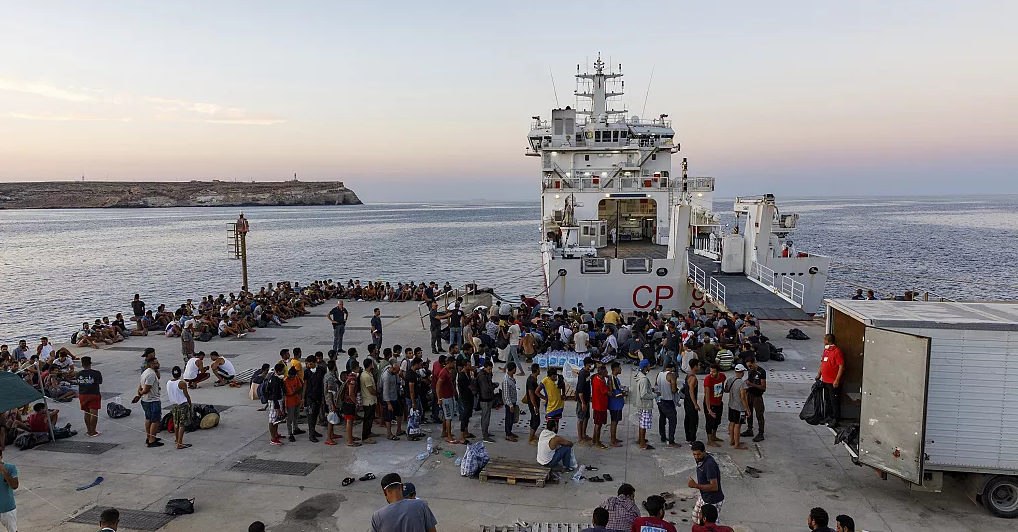
Migrants wait to board an Italian Coast Guard ship on the southern island of Lampedusa on August 3, 2022. Photo: Africa News
The never-ending crisis poses a serious challenge to Italian Prime Minister Giorgia Meloni, who has pledged to crack down on illegal migration.
An additional layer of political pressure has been placed on Italy’s first far-right leader as Germany and France recently announced they would stop accepting migrants arriving by sea on Italy’s shores as part of a European “voluntary solidarity” plan.
The German government informed Italy on September 13 of its decision to postpone accepting migrants until further notice.
Under the “voluntary solidarity” mechanism, Germany was expected to accept 3,500 asylum seekers transferred from Italy. But only 1,700 had reached Germany before Berlin decided to temporarily stop accepting them.
Italian Prime Minister Meloni said on September 13 that she was not surprised by Berlin's decision, but called for more help from the EU.
Her far-right party won last year's general election on a promise to stem mass migration and in December her government temporarily suspended the Dublin Agreement, which stipulates where a migrant first arrives is where asylum claims and reception issues are dealt with.
“Our refugee reception points are full. The question of how to stop the flow of migrants landing in Italy, I still don’t have a concrete answer,” said Ms. Meloni .
Minh Duc (According to Africa News, RFI)
Source



![[Photo] Draft documents of the 14th Party Congress reach people at the Commune Cultural Post Offices](https://vphoto.vietnam.vn/thumb/1200x675/vietnam/resource/IMAGE/2025/10/28/1761642182616_du-thao-tai-tinh-hung-yen-4070-5235-jpg.webp)


![[Photo] President Luong Cuong attends the 80th Anniversary of the Traditional Day of the Armed Forces of Military Region 3](https://vphoto.vietnam.vn/thumb/1200x675/vietnam/resource/IMAGE/2025/10/28/1761635584312_ndo_br_1-jpg.webp)



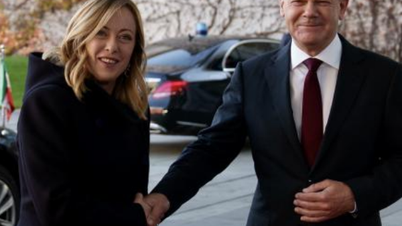
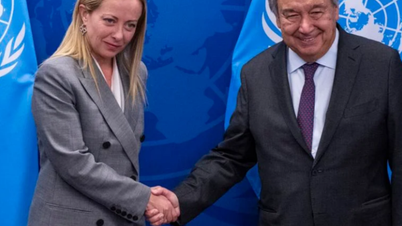








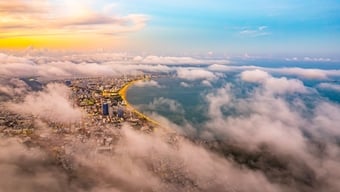


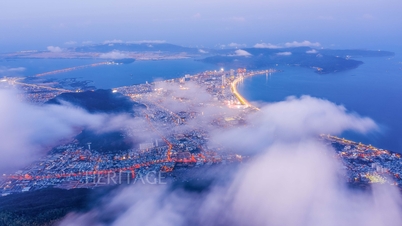





![[Photo] The 5th Patriotic Emulation Congress of the Central Inspection Commission](https://vphoto.vietnam.vn/thumb/1200x675/vietnam/resource/IMAGE/2025/10/27/1761566862838_ndo_br_1-1858-jpg.webp)

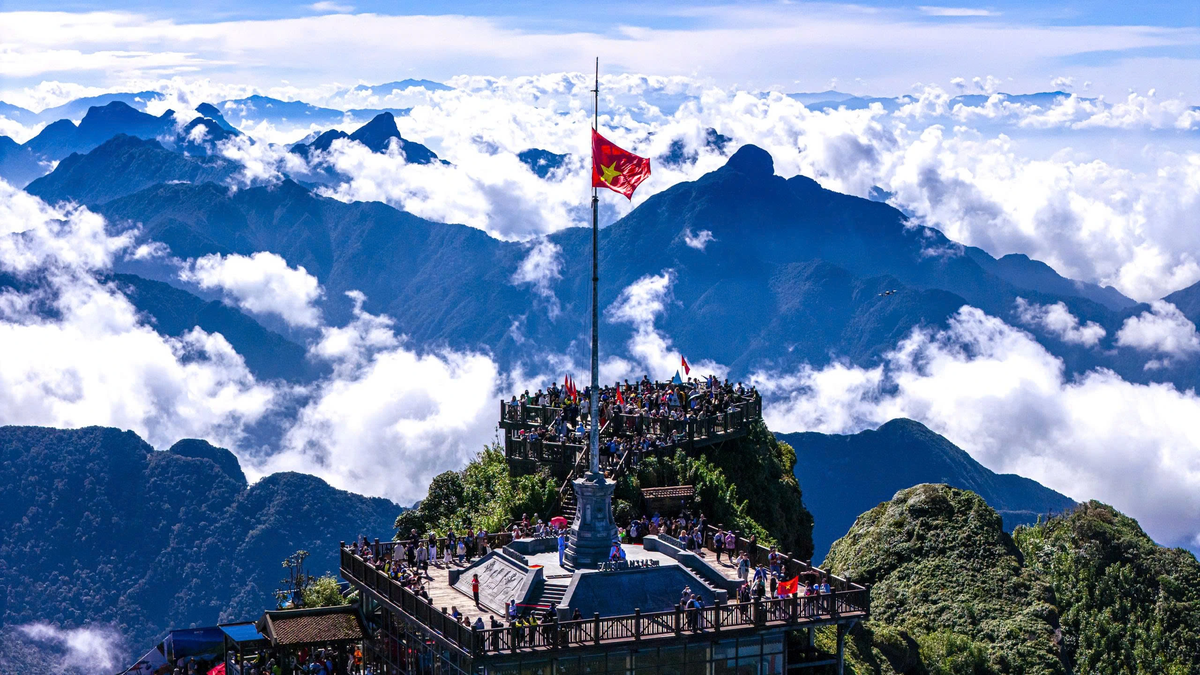


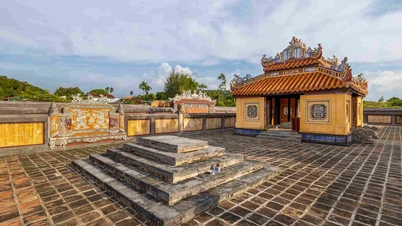



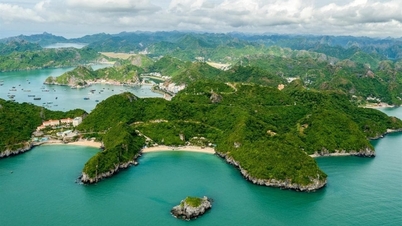

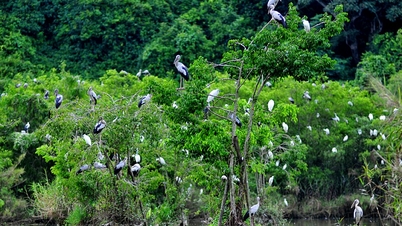




















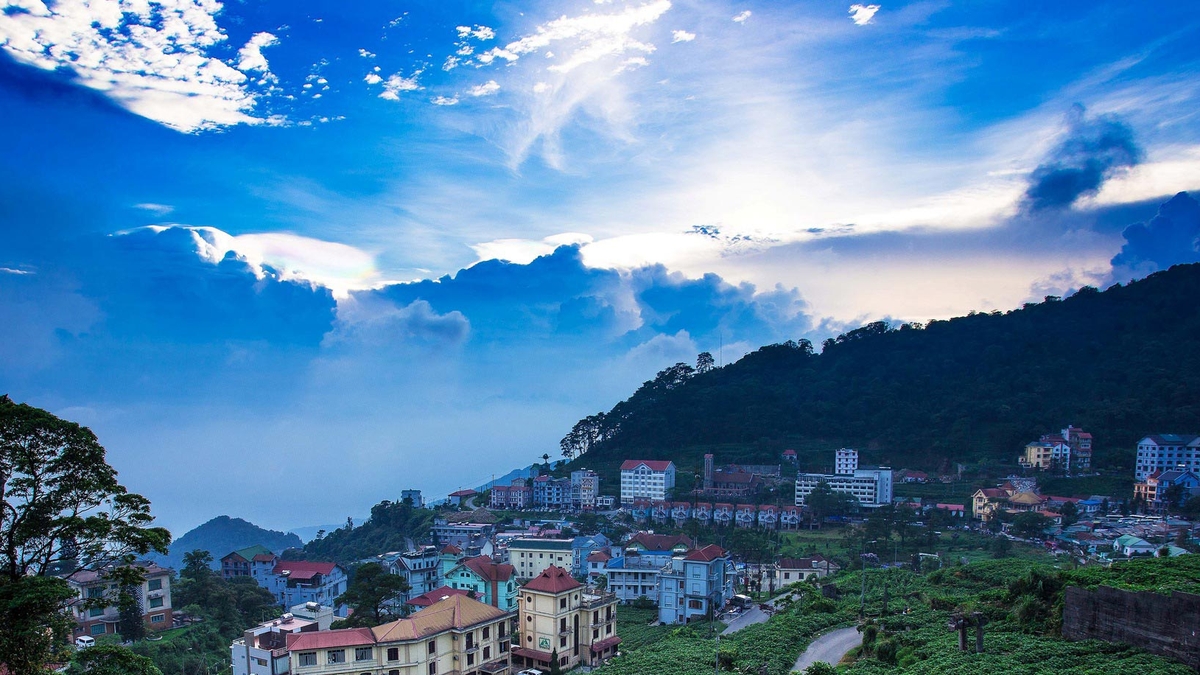


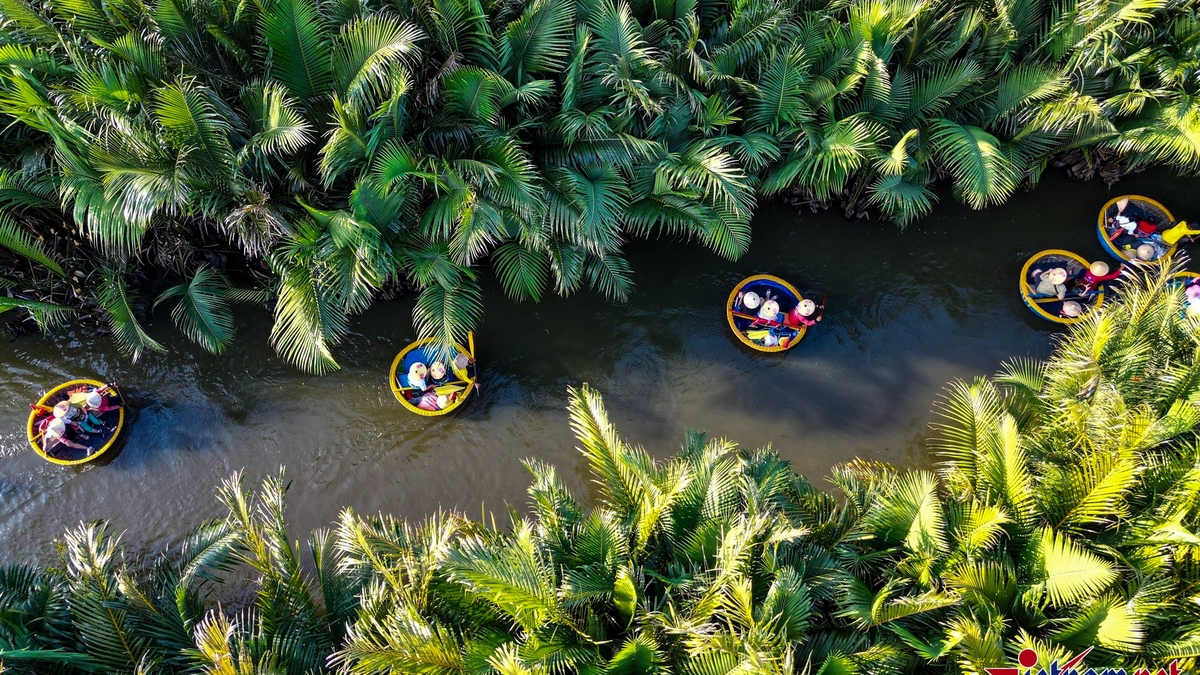

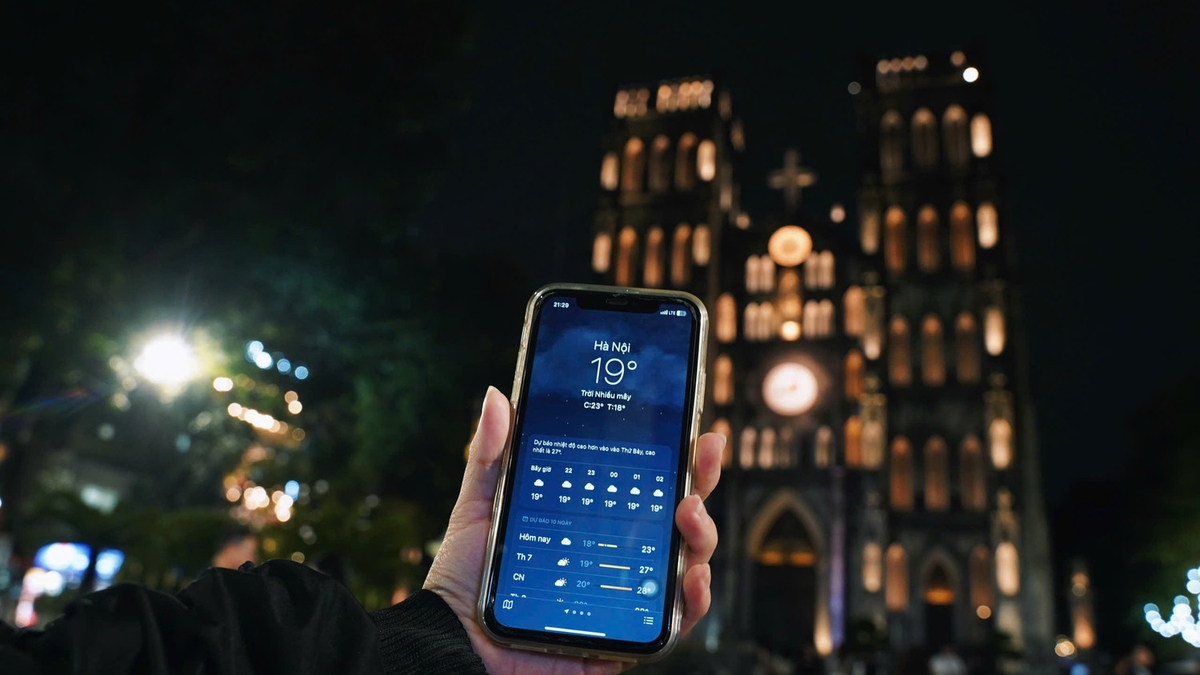
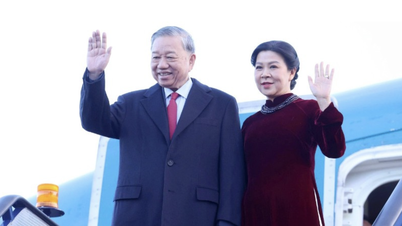



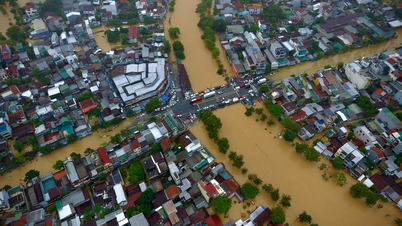







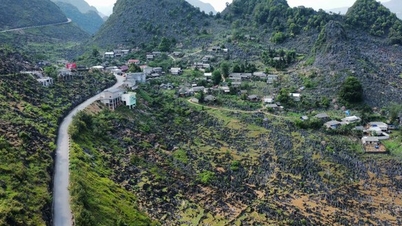





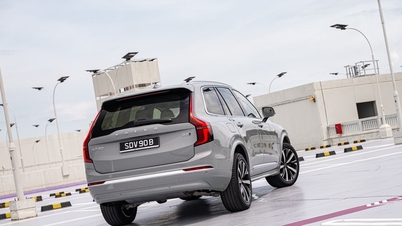


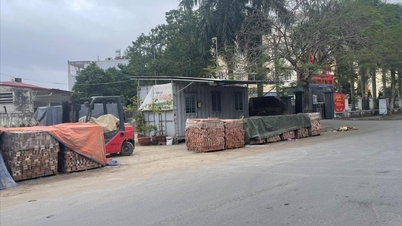





















Comment (0)